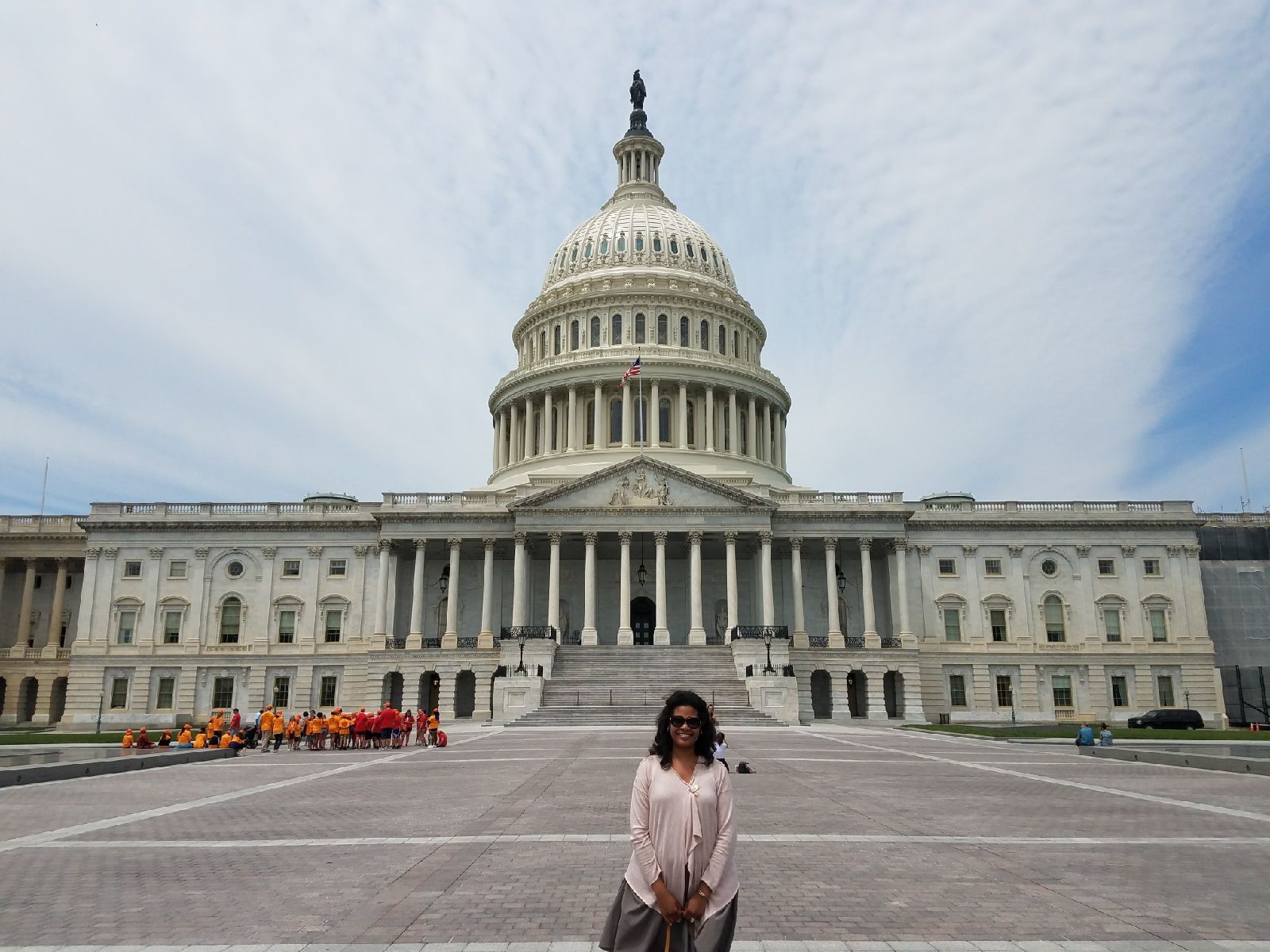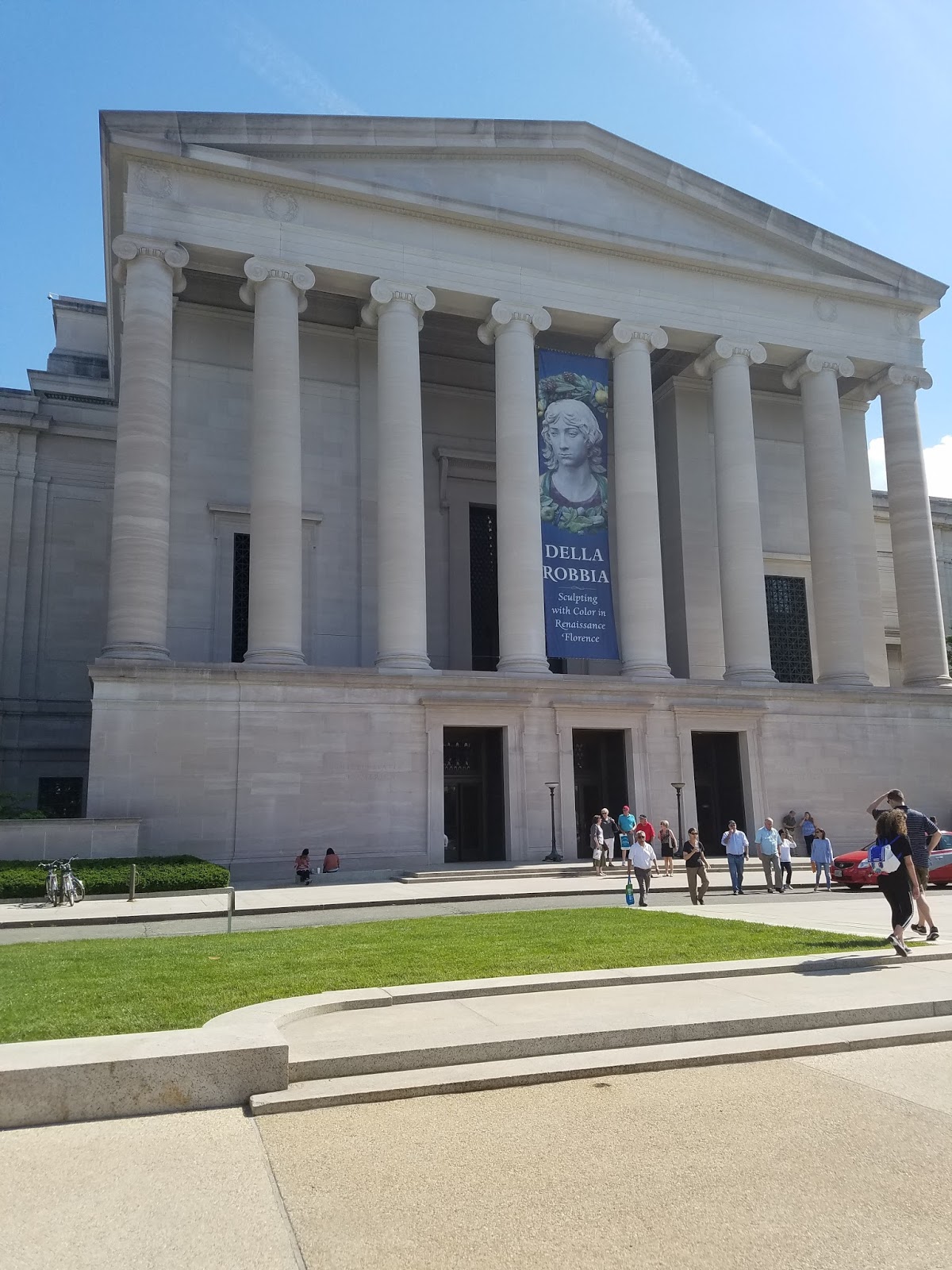The Beauty of Thomas Jefferson’s Books
Another aspect of the Library of Congress that I enjoyed was Thomas Jefferson’s Library.

“I cannot live without books”.
Thomas Jefferson, June 10, 1815
A little history about the collection:
Throughout his life, books were vital to Thomas Jefferson’s education and well-being. When his family home Shadwell burned in 1770 Jefferson most lamented the loss of his books. In the midst of the American Revolution and while United States minister to France in the 1780s, Jefferson acquired thousands of books for his library at Monticello. Jefferson’s library went through several stages, but it was always critically important to him. Books provided the little traveled Jefferson with a broader knowledge of the contemporary and ancient worlds than most contemporaries of broader personal experience. By 1814 when the British burned the nation’s Capitol and the Library of Congress, Jefferson had acquired the largest personal collection of books in the United States. Jefferson offered to sell his library to Congress as a replacement for the collection destroyed by the British during the War of 1812. Congress purchased Jefferson’s library for $23,950 in 1815. A second fire on Christmas Eve of 1851, destroyed nearly two thirds of the 6,487 volumes Congress had purchased from Jefferson.
Through a generous grant from Jerry and Gene Jones, the Library of Congress is attempting to reassemble Jefferson’s library as it was sold to Congress. Although the broad scope of Jefferson’s library was a cause for criticism of the purchase, Jefferson extolled the virtue of its broad sweep and established the principle of acquisition for the Library of Congress: “there is in fact no subject to which a member of Congress may not have occasion to refer.” Proclaiming that “I cannot live without books,” Jefferson began a second collection of several thousand books, which was sold at auction in 1829 to help satisfy his creditors.
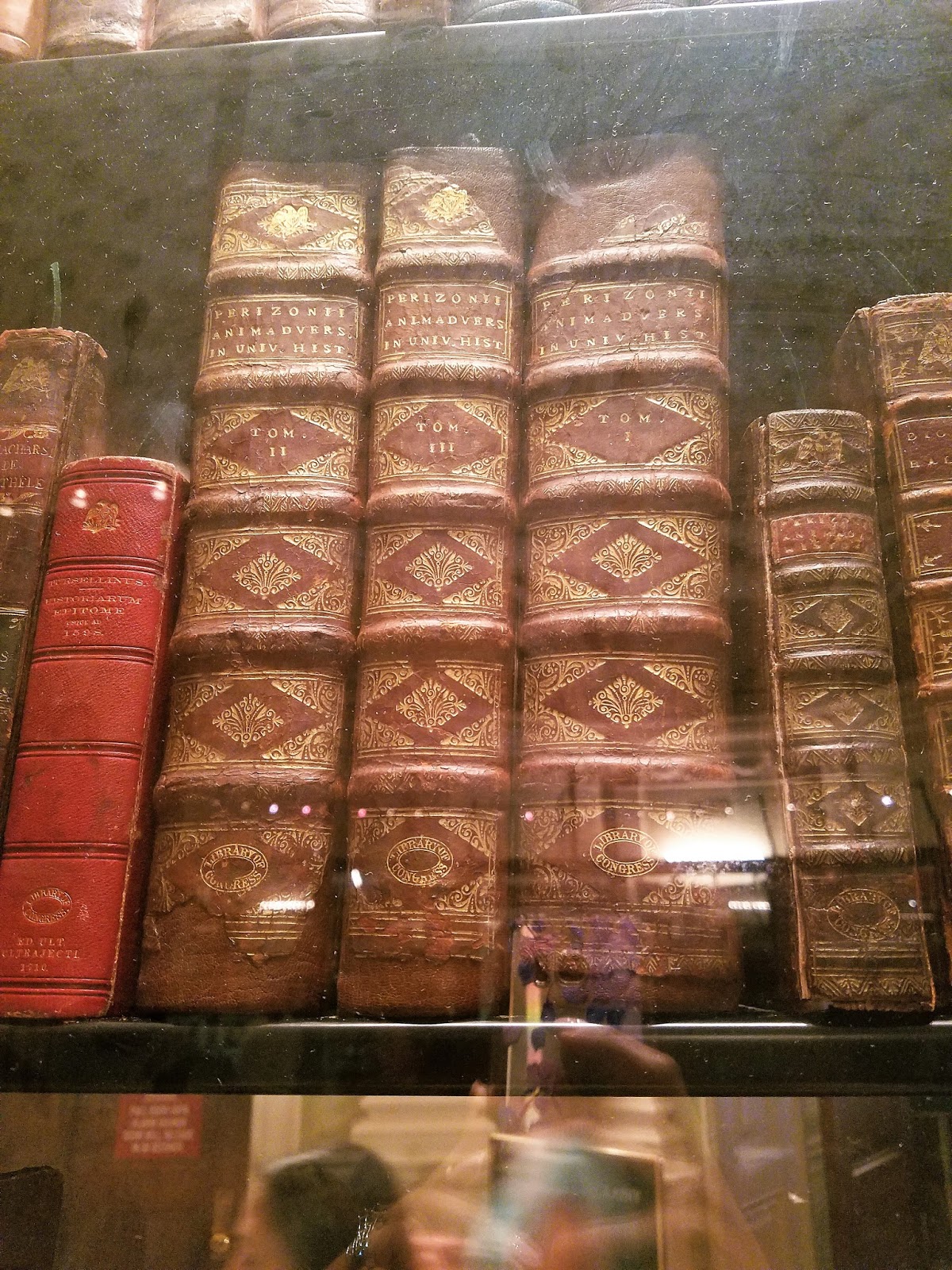
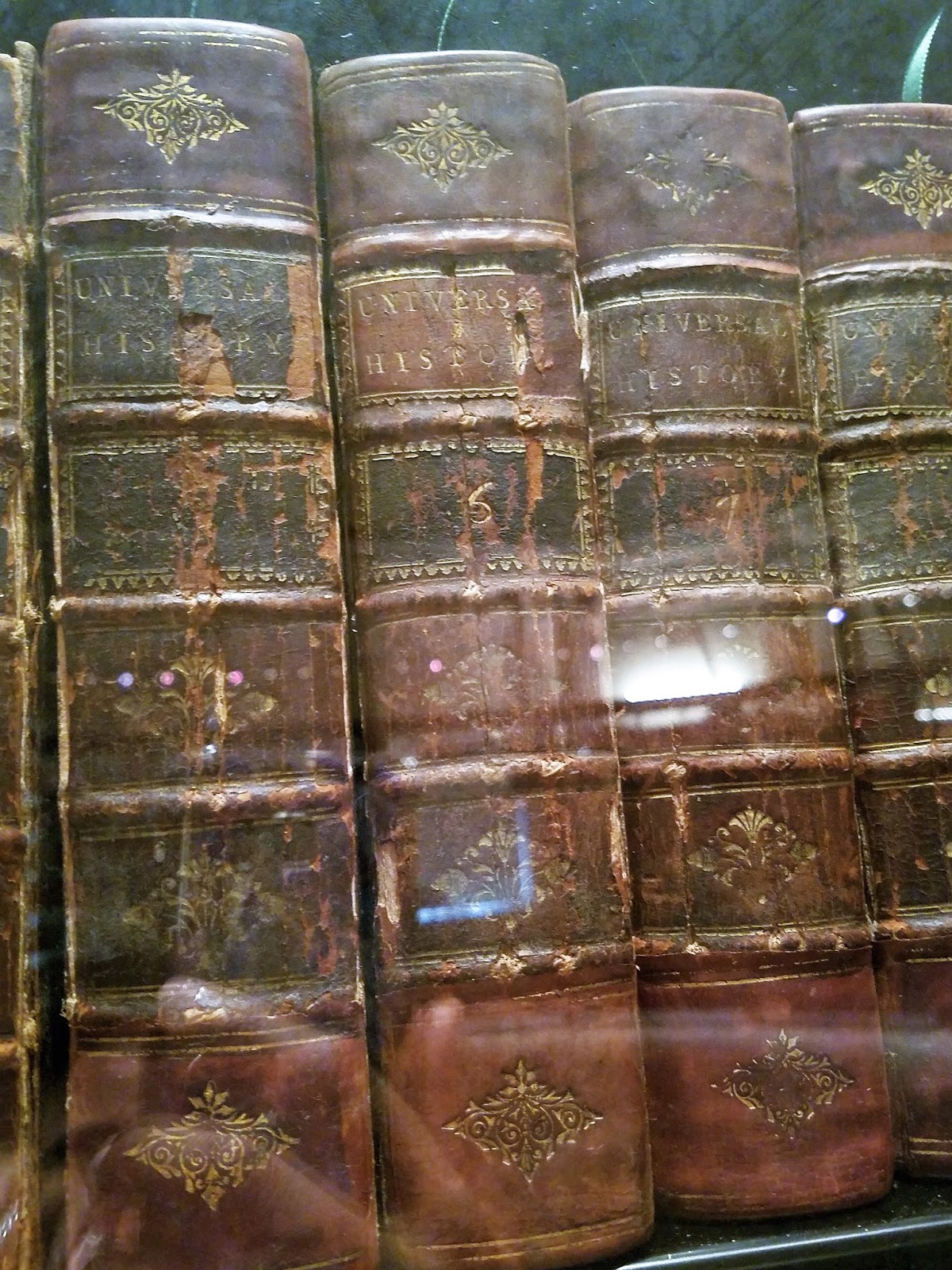
“Universal History”

What caught my eye in this collection was this book called, “Horrors of Slavery”.
Another interesting tidbit about this collection were the ribbons. Green ribbons, meant books that were apart of Jefferson’s original library. The gold ribbons meant books that were recently purchased to reconstitute Jefferson’s library. No ribbon meant books that were identical to books owned by Jefferson and the box books were books that were missing from the library. The Library of Congress is continuing the search worldwide for these missing books and will be adding them to this display as they are acquired.
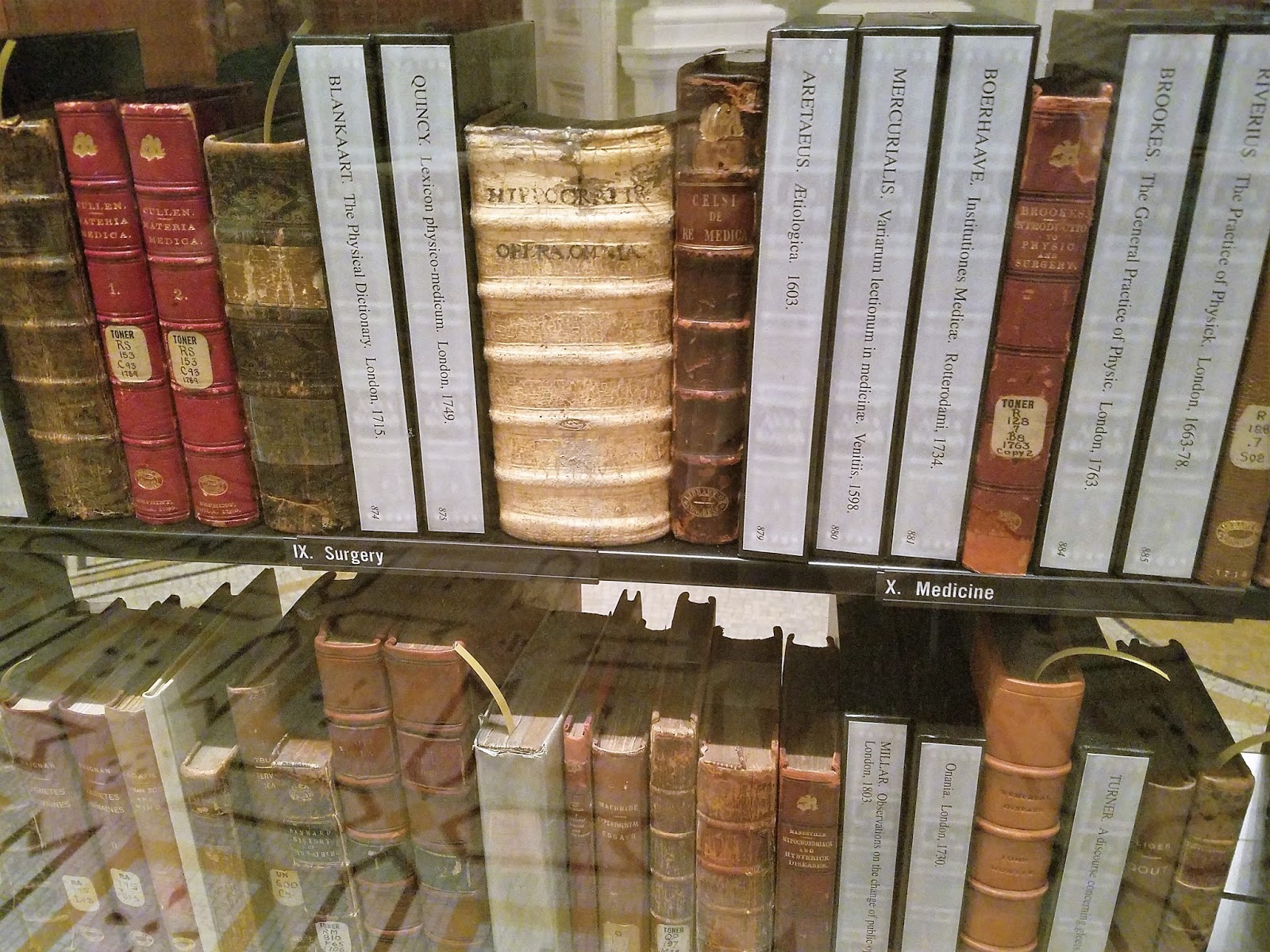
His section on medicine and surgery
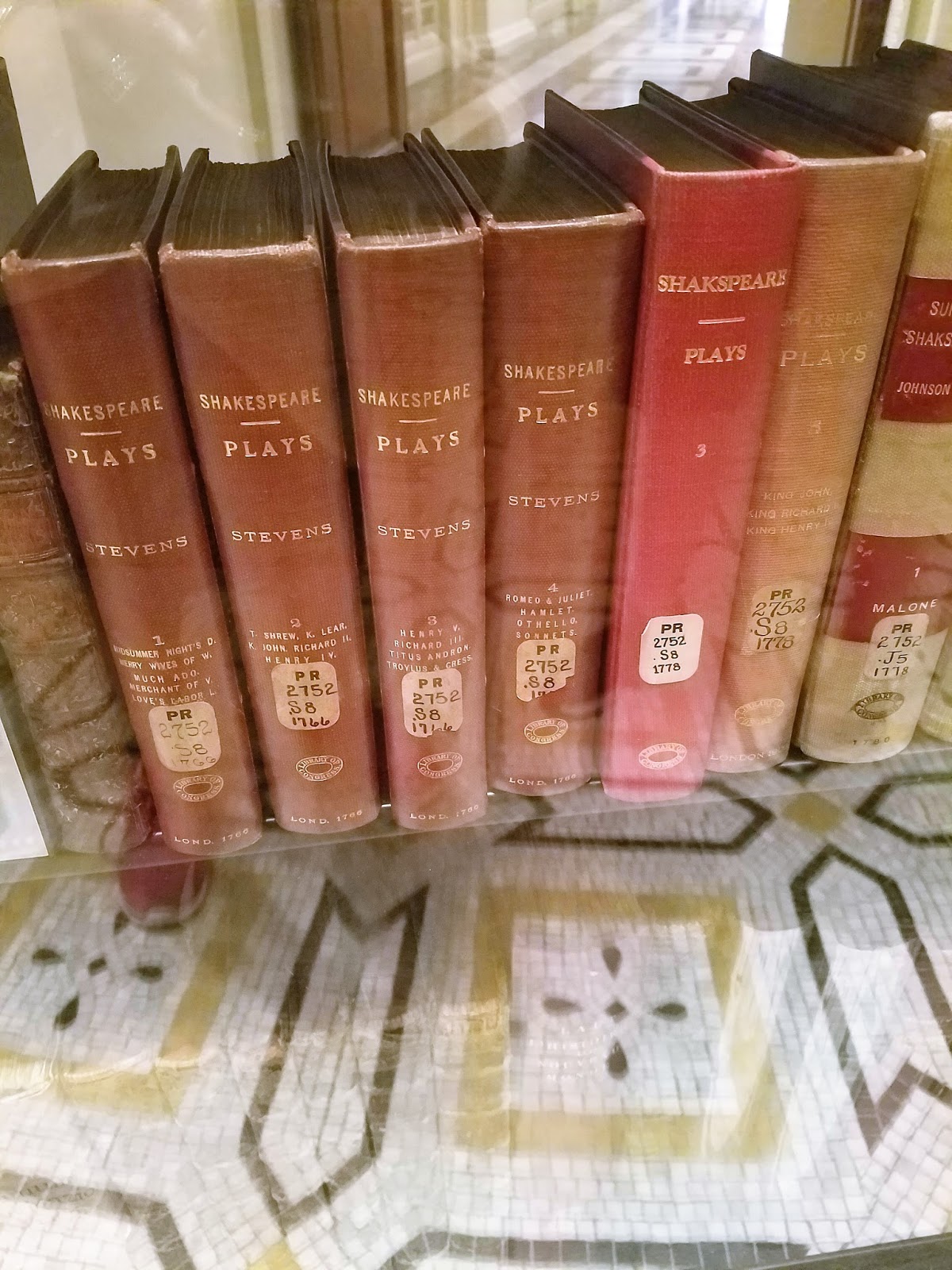
His section on Shakespeare
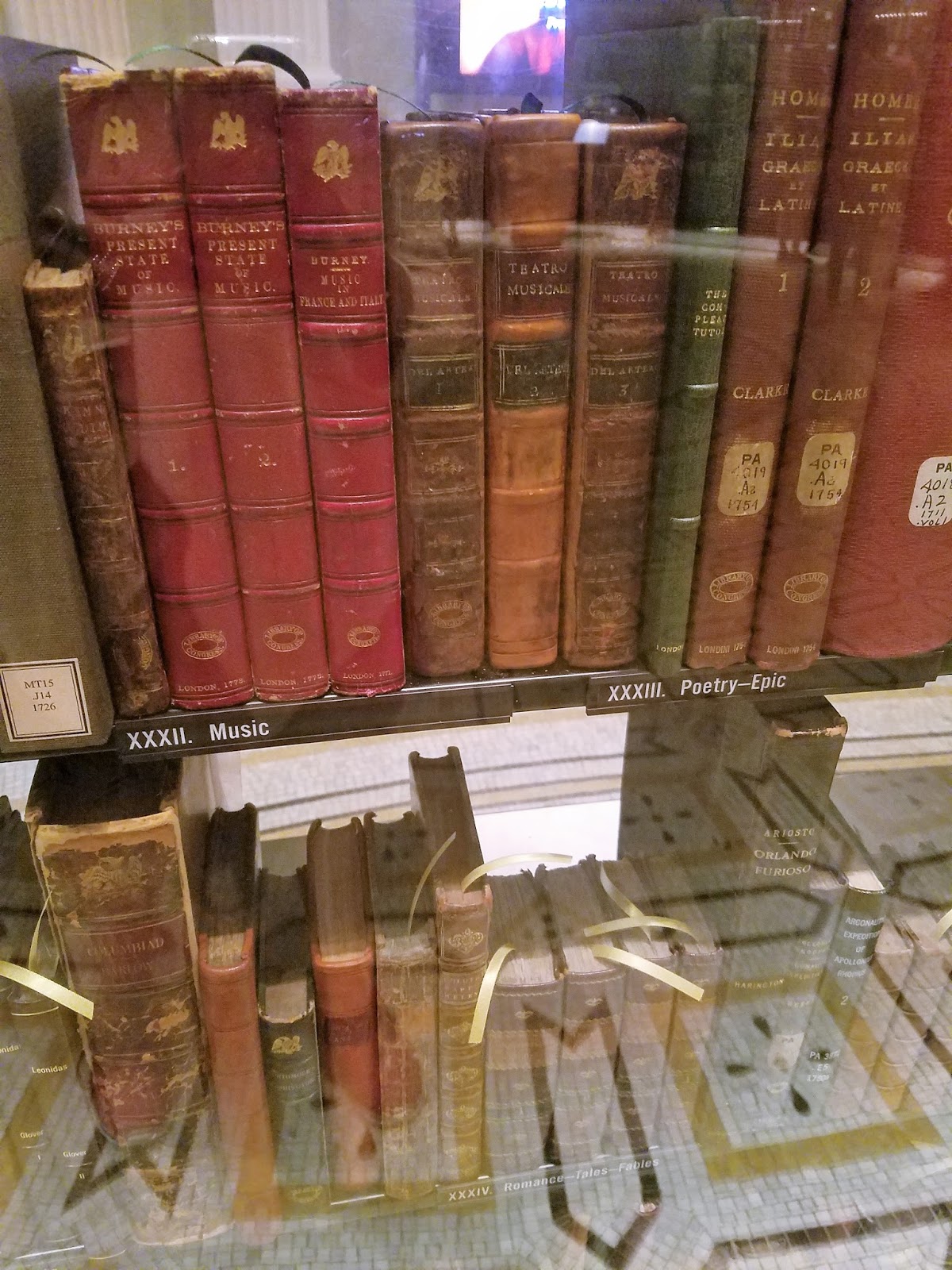
His section on music and poetry
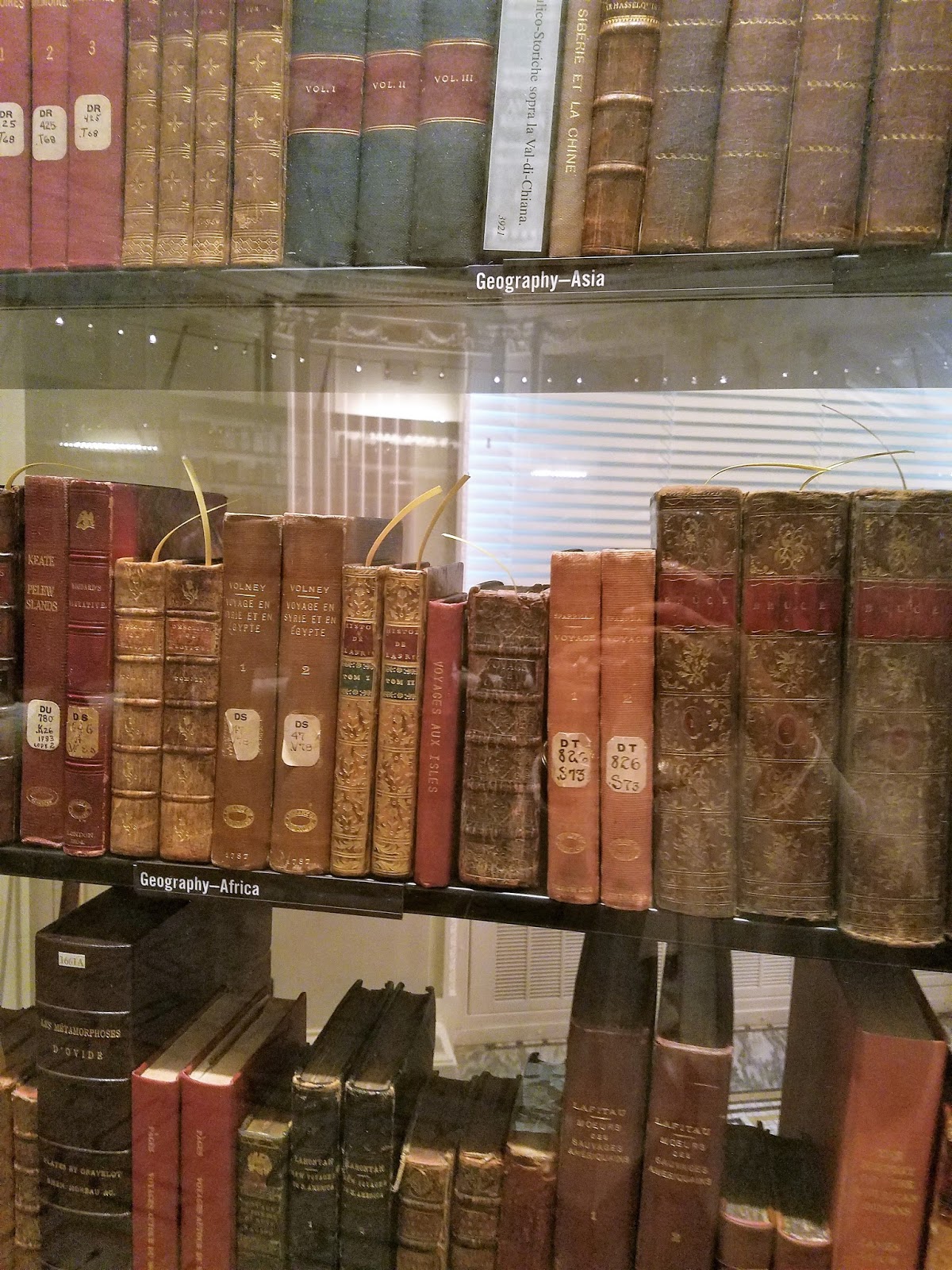
His section on geography, Africa, Asia….
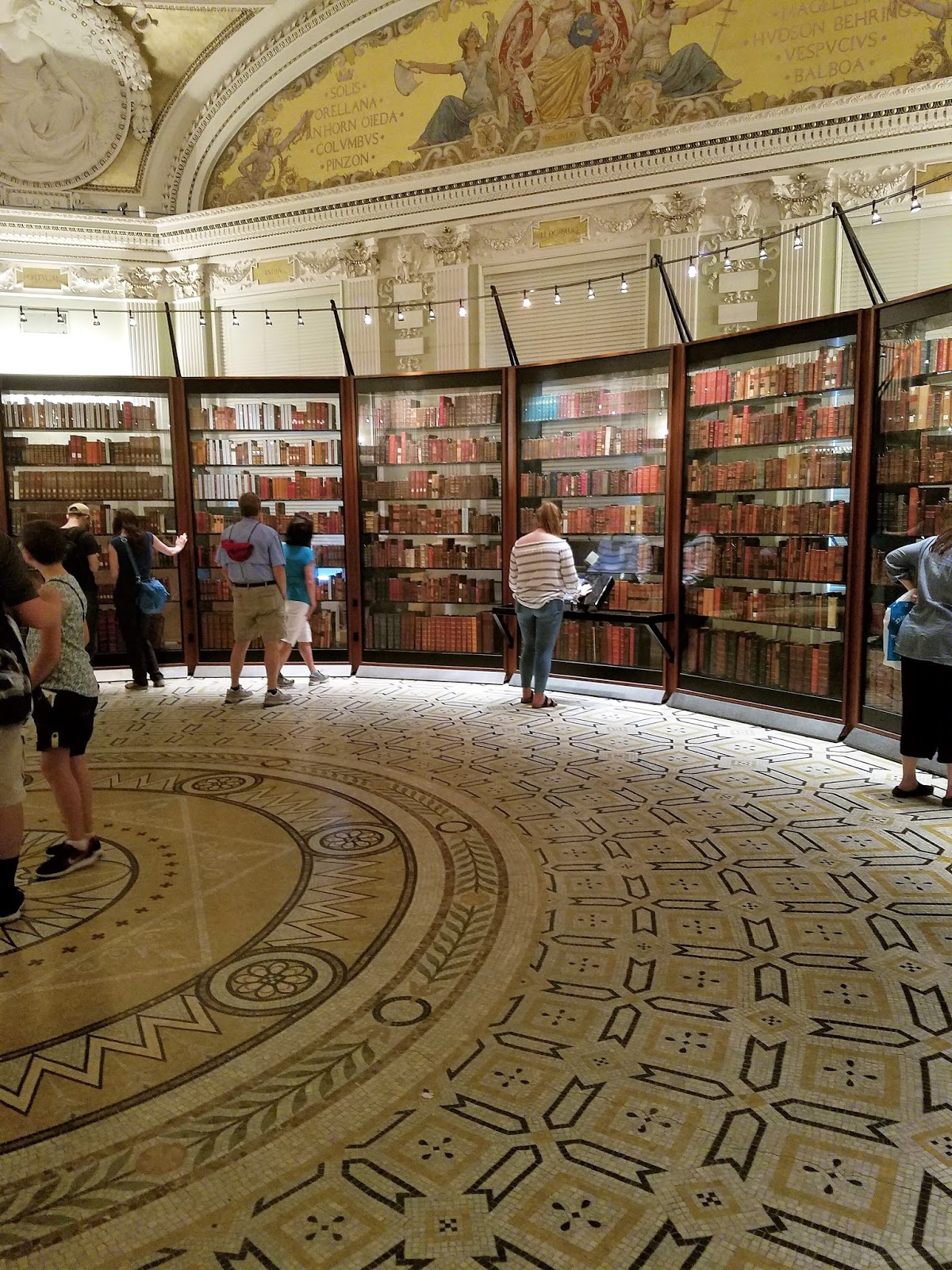
It just kept going….
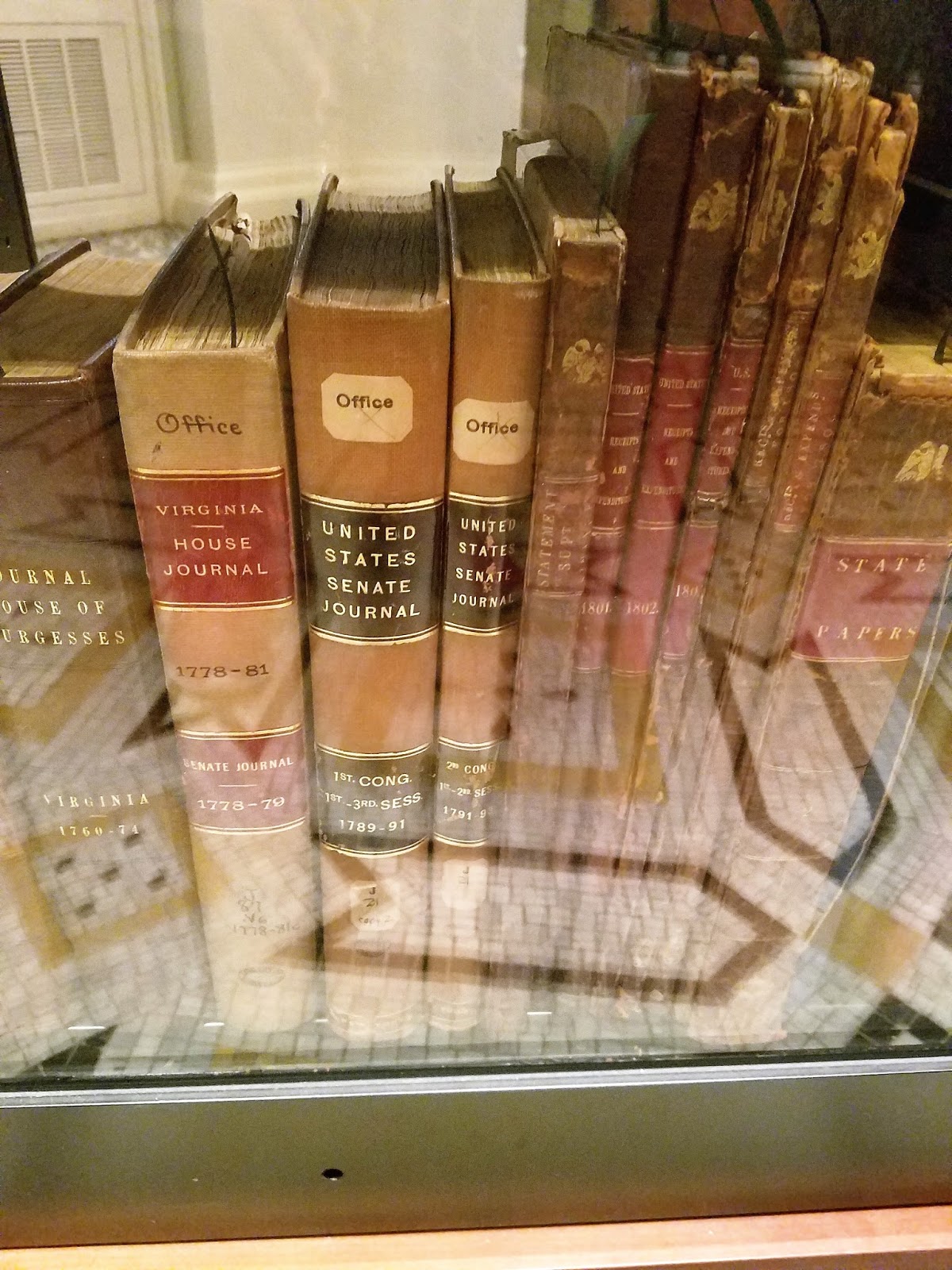

A section on Botany….
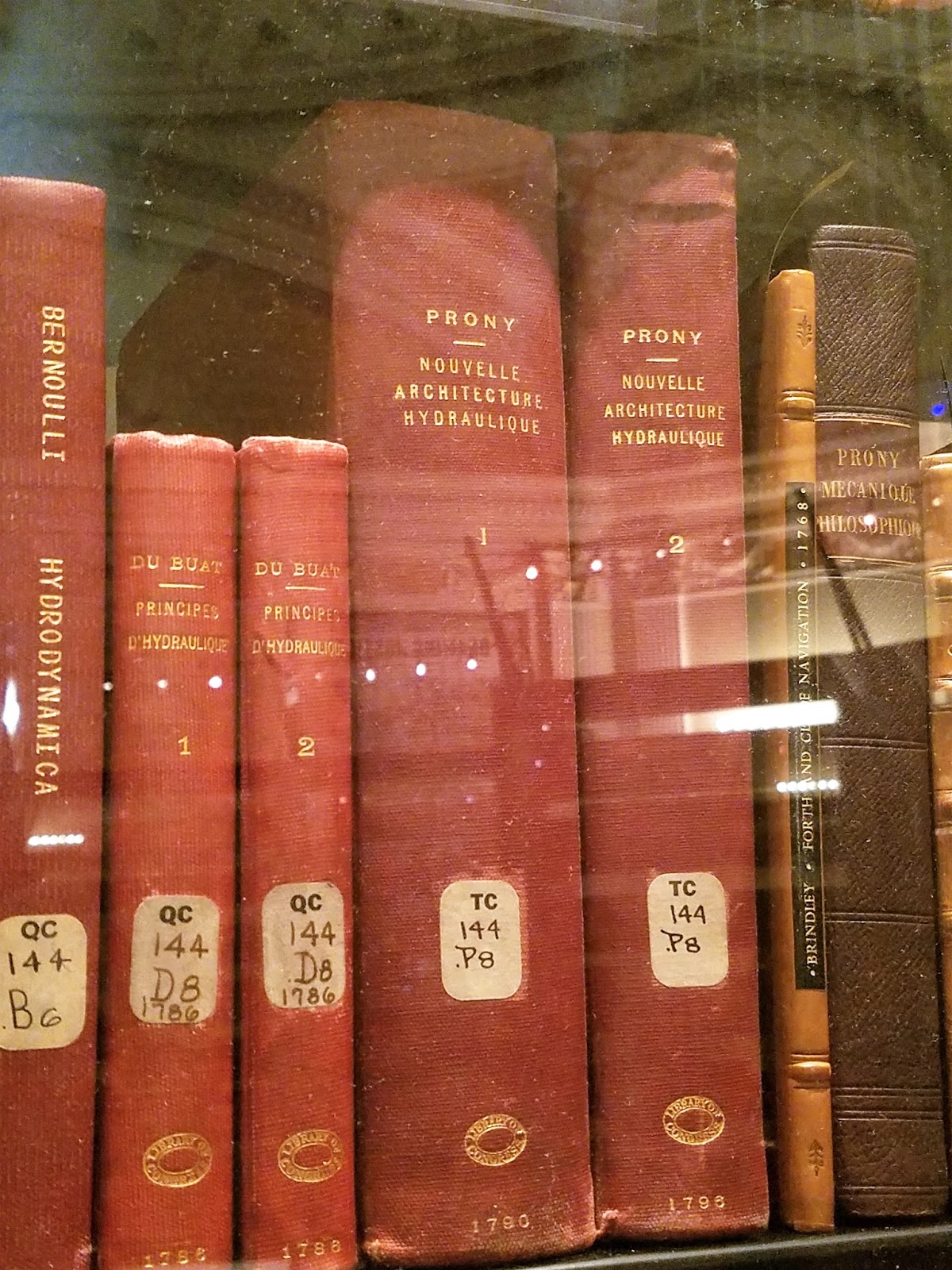
His section on architecture.
It was quite remarkable seeing this collection of books from one human being. I admire it greatly. It just makes you wonder about the world we live in today. I love collections like this. It makes you reach back for the beauty of the past.
(photos via Mrs. Shockley)

